CA VB Polyclonal Antibody
- Catalog No.:YT0577
- Applications:WB;IHC;IF;ELISA
- Reactivity:Human;Mouse;Rat
- Target:
- CA VB
- Fields:
- >>Nitrogen metabolism;>>Metabolic pathways
- Gene Name:
- CA5B
- Protein Name:
- Carbonic anhydrase 5B mitochondrial
- Human Gene Id:
- 11238
- Human Swiss Prot No:
- Q9Y2D0
- Mouse Gene Id:
- 56078
- Mouse Swiss Prot No:
- Q9QZA0
- Rat Gene Id:
- 302669
- Rat Swiss Prot No:
- Q66HG6
- Immunogen:
- The antiserum was produced against synthesized peptide derived from human CA5B. AA range:241-290
- Specificity:
- CA VB Polyclonal Antibody detects endogenous levels of CA VB protein.
- Formulation:
- Liquid in PBS containing 50% glycerol, 0.5% BSA and 0.02% sodium azide.
- Source:
- Polyclonal, Rabbit,IgG
- Dilution:
- WB 1:500 - 1:2000. IHC 1:100 - 1:300. IF 1:200 - 1:1000. ELISA: 1:10000. Not yet tested in other applications.
- Purification:
- The antibody was affinity-purified from rabbit antiserum by affinity-chromatography using epitope-specific immunogen.
- Concentration:
- 1 mg/ml
- Storage Stability:
- -15°C to -25°C/1 year(Do not lower than -25°C)
- Other Name:
- CA5B;Carbonic anhydrase 5B; mitochondrial;Carbonate dehydratase VB;Carbonic anhydrase VB;CA-VB
- Observed Band(KD):
- 38kD
- Background:
- Carbonic anhydrases (CAs) are a large family of zinc metalloenzymes that catalyze the reversible hydration of carbon dioxide. They participate in a variety of biological processes, including respiration, calcification, acid-base balance, bone resorption, and the formation of aqueous humor, cerebrospinal fluid, saliva, and gastric acid. They show extensive diversity in tissue distribution and in their subcellular localization. CA VB is localized in the mitochondria and shows the highest sequence similarity to the other mitochondrial CA, CA VA. It has a wider tissue distribution than CA VA, which is restricted to the liver. The differences in tissue distribution suggest that the two mitochondrial carbonic anhydrases evolved to assume different physiologic roles. [provided by RefSeq, Jul 2008],
- Function:
- catalytic activity:H(2)CO(3) = CO(2) + H(2)O.,cofactor:Zinc.,function:Reversible hydration of carbon dioxide.,similarity:Belongs to the alpha-carbonic anhydrase family.,tissue specificity:Strongest expression in heart, pancreas, kidney, placenta, lung, and skeletal muscle. Not expressed in liver.,
- Subcellular Location:
- Mitochondrion.
- Expression:
- Strongest expression in heart, pancreas, kidney, placenta, lung, and skeletal muscle. Not expressed in liver.
- June 19-2018
- WESTERN IMMUNOBLOTTING PROTOCOL
- June 19-2018
- IMMUNOHISTOCHEMISTRY-PARAFFIN PROTOCOL
- June 19-2018
- IMMUNOFLUORESCENCE PROTOCOL
- September 08-2020
- FLOW-CYTOMEYRT-PROTOCOL
- May 20-2022
- Cell-Based ELISA│解您多样本WB检测之困扰
- July 13-2018
- CELL-BASED-ELISA-PROTOCOL-FOR-ACETYL-PROTEIN
- July 13-2018
- CELL-BASED-ELISA-PROTOCOL-FOR-PHOSPHO-PROTEIN
- July 13-2018
- Antibody-FAQs
- Products Images
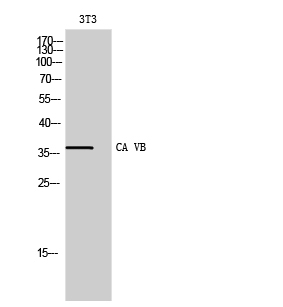
- Western Blot analysis of 3T3 cells using CA VB Polyclonal Antibody
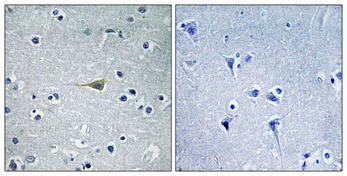
- Immunohistochemical analysis of paraffin-embedded Human brain. Antibody was diluted at 1:100(4° overnight). High-pressure and temperature Tris-EDTA,pH8.0 was used for antigen retrieval. Negetive contrl (right) obtaned from antibody was pre-absorbed by immunogen peptide.
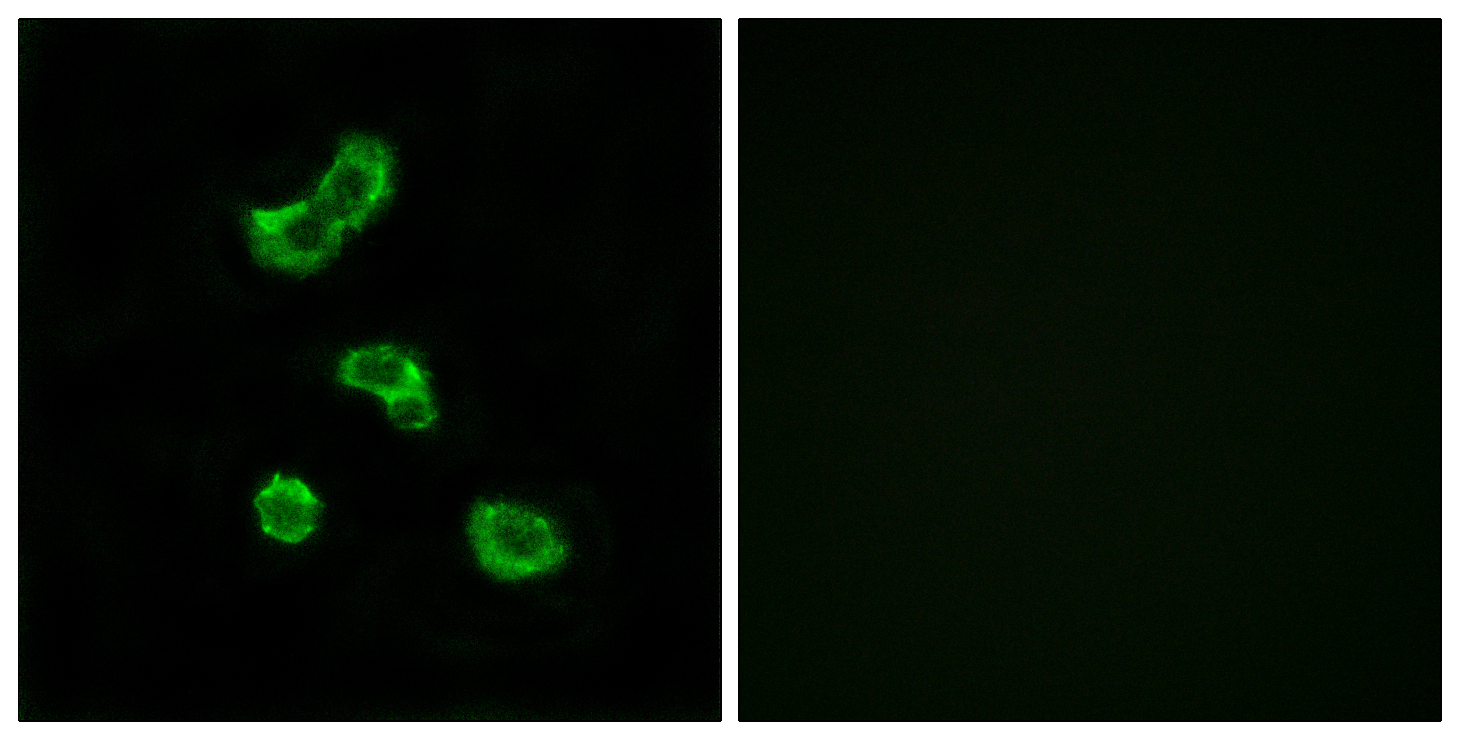
- Immunofluorescence analysis of MCF7 cells, using CA5B Antibody. The picture on the right is blocked with the synthesized peptide.
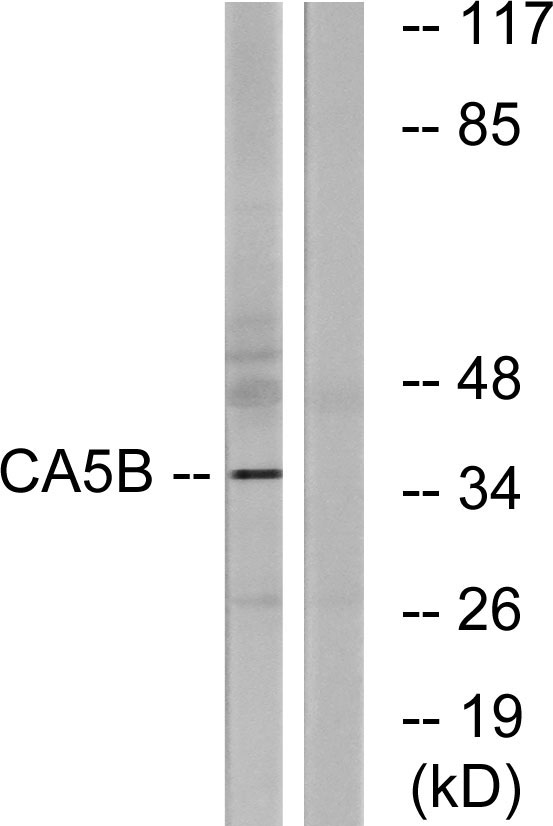
- Western blot analysis of lysates from NIH/3T3 cells, using CA5B Antibody. The lane on the right is blocked with the synthesized peptide.
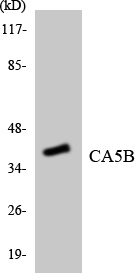
- Western blot analysis of the lysates from HT-29 cells using CA5B antibody.



